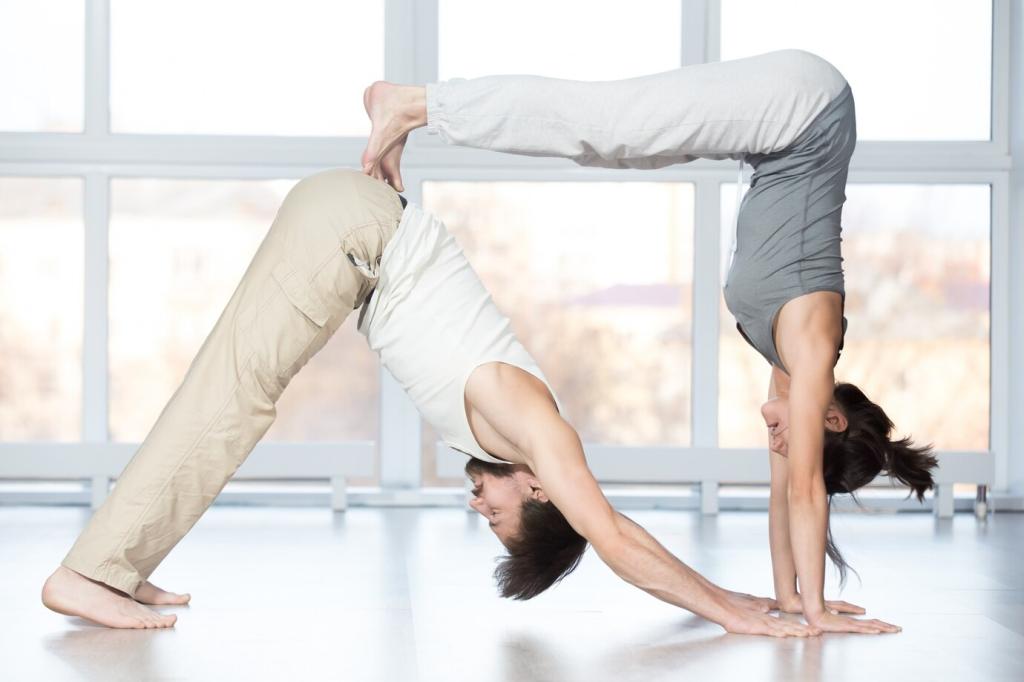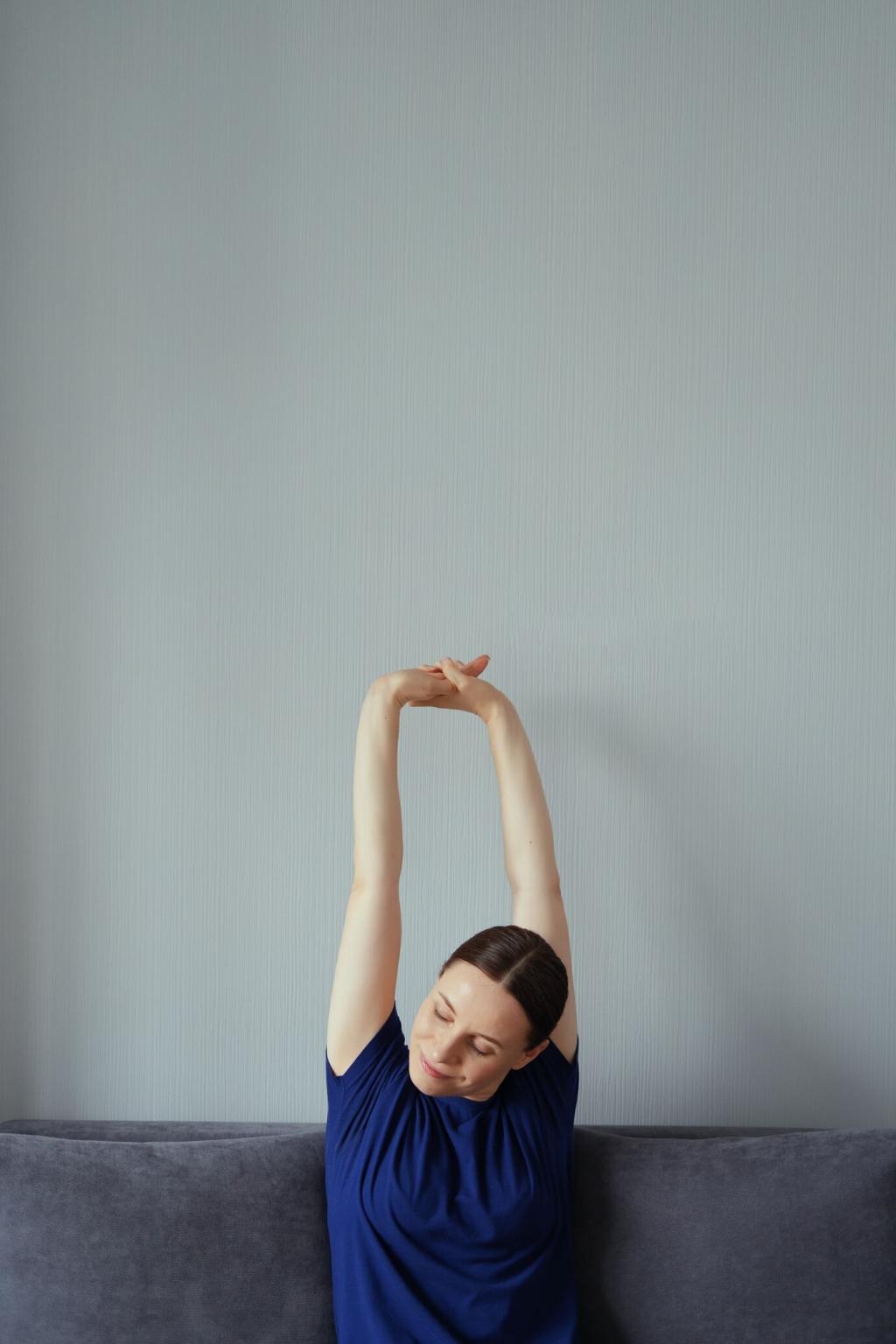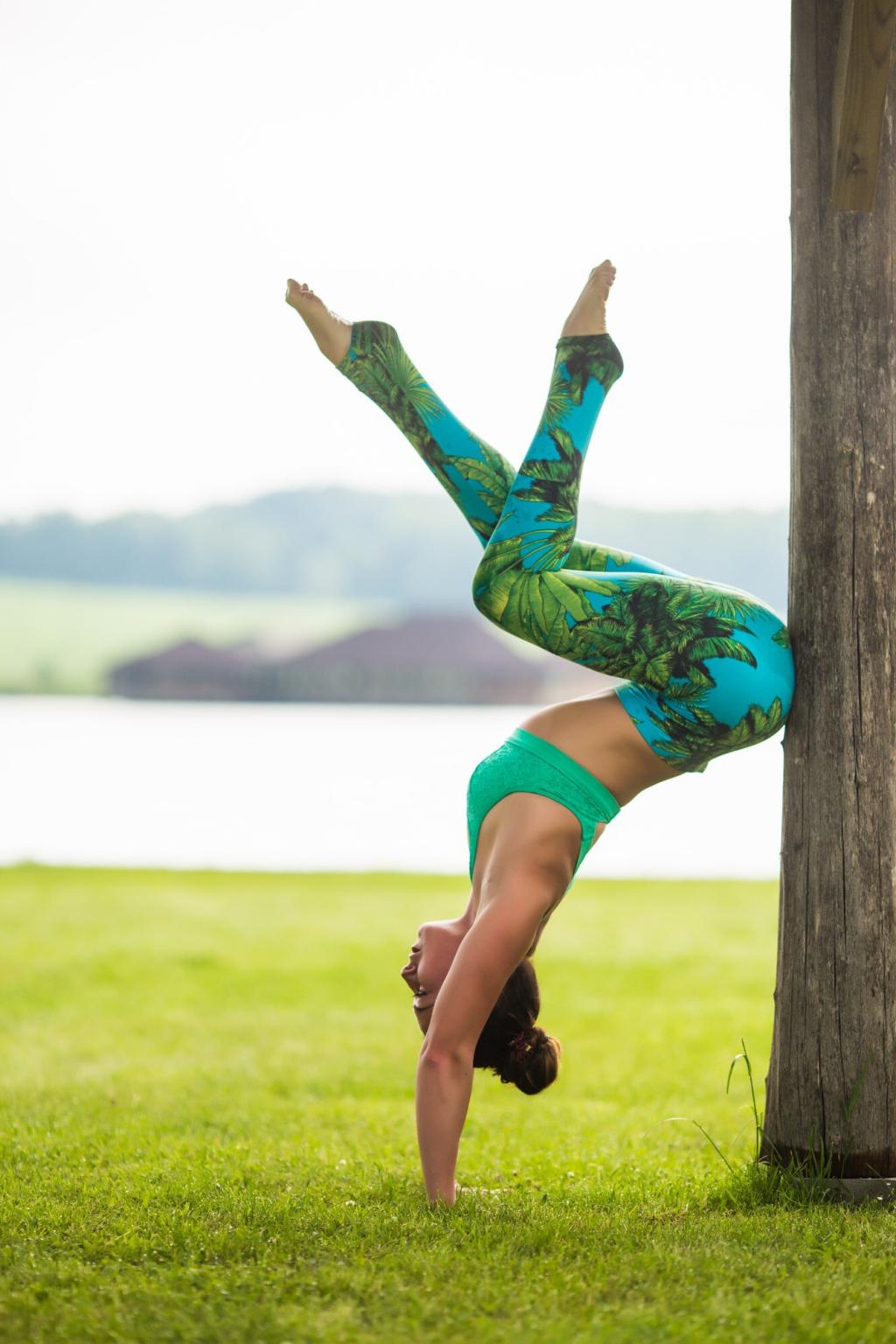
Bend the Truth: Yoga Flexibility Myths and Facts
Chosen theme: Yoga Flexibility Myths and Facts. Welcome to a friendly, evidence-aware space where we untangle bendy legends, share real stories, and help you practice with confidence, curiosity, and compassion. Ready to rethink what flexibility truly means for your body and mind?
Myth vs. Reality: You Must Be Naturally Flexible to Do Yoga
Marta arrived convinced her stiff hamstrings would make her a spectacle. By week three, she touched her shins comfortably, slept better, and smiled more in forward folds. Her secret wasn’t magic genetics—just consistency, breath, and patient attention to sensations over shapes.

Evidence, Not Excuses
Research suggests older adults improve range of motion with regular stretching and strength work. Collagen reorganizes, fascia hydrates, and the nervous system recalibrates with gentle repetition. Progress may be slower, yet wonderfully sustainable. What small ritual could you keep for six weeks?
Ruth’s Turnaround at Sixty-Five
Ruth couldn’t lift her arms overhead without shrugging. After steady, supported mobility drills and wall-assisted poses, she hung laundry pain-free and returned to gardening. She says, “I didn’t get younger—I got consistent.” Share your decade and we’ll suggest a starter sequence.
Warm-Up Wisdom
A few minutes of joint circles, gentle cat-cows, and breath-led squats can transform stiffness into readiness. Warm tissues respond kindly to stretch signals. Try this daily primer and report back in the comments after a week—what felt different on day eight?
No Pain, More Gain: Rethinking Stretch Sensation
Push too hard and protective reflexes clamp down, limiting range. Ease in with slow breathing and holds just shy of sharpness. Over time, the brain files flexibility under “safe.” What cues help you stay curious instead of competitive? Share one below.
No Pain, More Gain: Rethinking Stretch Sensation
Lengthened exhales signal the body to soften. Try four counts in, six out during folds. If your breath turns choppy, you’ve gone too far. Subscribe for our guided audio that matches pacing to crescents, folds, and twists without tipping into strain.




Strength and Flexibility: Better Together, Not Opposed
Instead of hanging on ligaments, build eccentric strength in stretched positions. For hamstrings, try slow, controlled lowers from half-splits. This tells the brain your end range is usable, not scary. What movement feels wobbly for you? Let’s stabilize it together.
Strength and Flexibility: Better Together, Not Opposed
I chased deeper folds until my back sulked. When I trained core and scapular strength, forward folds relaxed as if invited. Stability created ease. Tell us a pose that changed when you added strength, and we’ll spotlight your story in a future post.
Variations in hip sockets, tendon stiffness, and collagen types shape range. Comparing your folds to someone else’s bones is a losing game. Measure progress by comfort, control, and function. What daily task do you want yoga to make easier this month?
Genetics, Hypermobility, and Honest Expectations
If you easily sink into deep shapes, prioritize strength, proprioception, and shorter holds. Sensation-light does not mean safe. Think lighthouses, not floodlights: clear cues that protect your joints. Share your favorite stability drill and inspire our hypermobile readers.
Genetics, Hypermobility, and Honest Expectations

This is the heading
Lorem ipsum dolor sit amet, consectetur adipiscing elit. Ut elit tellus, luctus nec ullamcorper mattis, pulvinar dapibus leo.

This is the heading
Lorem ipsum dolor sit amet, consectetur adipiscing elit. Ut elit tellus, luctus nec ullamcorper mattis, pulvinar dapibus leo.
Breath, Brain, and Bend: The Nervous System Connection
Gentle exposure near your limits teaches your brain that end ranges are safe. Layer in calming cues—steady gaze, soft jaw, warm light—and your system cooperates. What environment helps you relax into stretches? Build it and tell us your recipe.
Breath, Brain, and Bend: The Nervous System Connection
Slow eccentric lowering, paused holds, and rhythmic breathing widen your comfort window. Avoid jerky bouncing and rushed transitions. With repetition, threat dial turns down. Follow for a nervous-system-friendly playlist timed for monks’ pace, not Monday chaos.


